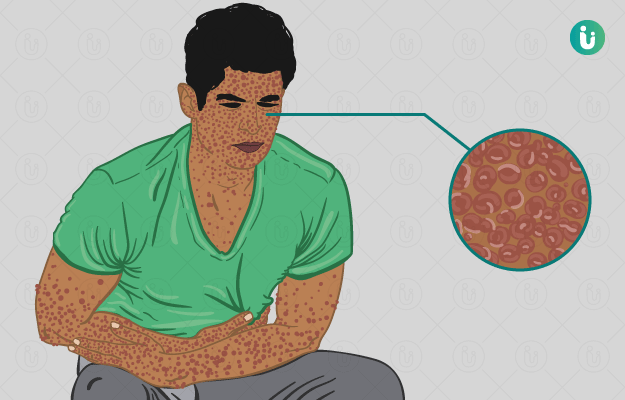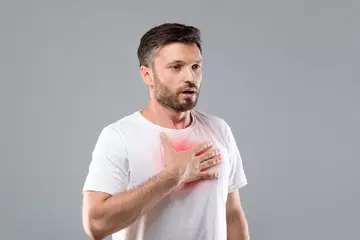Smallpox is a disease caused by the variola virus. The virus spreads through respiratory droplets and causes a flu-like illness followed by the development of skin lesions that slowly scab and scar.
According to the Federation of American Scientists, smallpox killed around 500 million people in the 20th century. The disease itself, however, is quite old and is believed to have been present in Egypt in the 3rd century BCE.
Smallpox eradication
In 1948, the World Health Organization (WHO) decided to form a small study group to find out which strain of the variola virus would be most effective for making a vaccine against the disease. By 1959, a programme had begun to provide smallpox vaccine to various countries. However, it wasn’t successful because of shortages of supplies and funds.
In 1967, a mass vaccination programme was again launched by the World Health Assembly, the governing body of the WHO. The programme aimed at vaccinating 80% of the global population, and maintaining continuous surveillance and containment to keep the disease from spreading. Weekly reports were given to the WHO about any cases in an area so appropriate measures could be taken to avoid an outbreak.
The last naturally acquired case of variola major was seen in 1975 in Bangladesh and that of variola minor in Somalia in 1977.
On 8 May 1980, the World Health Assembly declared that smallpox had been eradicated from the world.
In 2017, a study from China stated that five processing workers had acquired smallpox while handling skins from rabbits that were being used to study the virus in a lab. None of the workers had been wearing protective clothing. Three other employees who were there but were wearing masks and did not touch the rabbit skins did not get the disease. One person was hospitalised while three of the infected workers were previously vaccinated for smallpox and hence did not develop severe disease.
Though the disease was declared eradicated in 1980, four labs in different parts of the world had kept samples of variola major—these labs were in the US, England, Russia and South Africa. However, as of now, only two of these stocks remain—one in Russia and one in the US.
As per the WHO, the stocks have been kept because some governments thought the variola virus may be present outside the designated labs and is so contagious that it can be used as a bio-weapon. The WHO is working with various countries to avoid such a situation.

 Doctors for Smallpox
Doctors for Smallpox  OTC Medicines for Smallpox
OTC Medicines for Smallpox















































